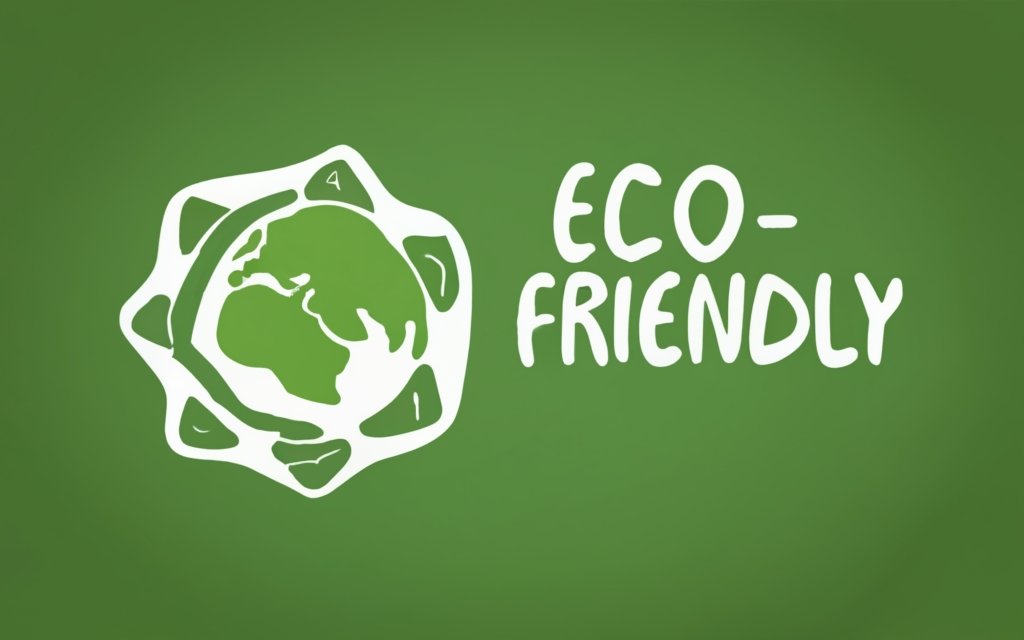The Surprising Economics Behind Eco-Friendly Products

In an era marked by heightened consumer awareness, the eco-friendly product market stands out as an economic powerhouse. Data from 2023 paints a vivid picture of a world where green products are reshaping global commerce.
The Green Market's Economic Momentum

Sustainable products now command a remarkable 17% of the market share, growing at a rate 2.7 times faster than their non-sustainable counterparts. This trend is a clear indication of a seismic shift in consumer preferences and spending patterns. The digital realm has further amplified this trend. A staggering 75% of sustainable goods have found a robust market online, consistently outperforming in-store sales.
James Thornton, a leading industry analyst, remarks, “The rise of green products is a clear indication of the market responding to consumer demand.”
The digital age’s influence is undeniable. The surge in online searches for sustainable products, which has risen by approximately 130% between 2017 and 2022, is a testament to the growing consumer appetite for sustainable goods. This digital-driven demand has significant economic implications, signaling a shift in how businesses need to position and market their products in the coming years.
Challenging Assumptions and Prevailing Notions
The rise of sustainable products, while impressive, also brings to the fore several assumptions that warrant closer scrutiny. One of the most prevalent notions is the universal embrace of eco-friendly products. However, a deeper dive into the data reveals stark regional disparities. While countries like Brazil, China, Austria, and Italy are trailblazers in sustainable lifestyle changes, others, notably Japan and the U.S., are still catching up.
The global crisis has had surprising repercussions on sustainability. An unexpected outcome has been the shift of 50% of global consumers towards more eco-friendly choices. Yet, the economic challenges that followed have seen a slight dip in eco-sentiment since 2020. This dynamic interplay between economic health and sustainable priorities offers a nuanced perspective on the sustainability narrative.
An industry insider, speaking on condition of anonymity, offers a counterpoint: “While the growth of the green market is commendable, it’s essential to recognize that for many, sustainability remains a luxury.”
Furthermore, the perception of eco-friendly products as premium items is another area that needs introspection. While they do command a 28% premium over conventional goods, this premium gap has narrowed from 39% in 2018. As global living costs rise, striking a balance between affordability and sustainability will be pivotal in determining the green market’s future trajectory.

Grassroots Movements

Beyond the overarching global trends and macro numbers, the true essence of the sustainability movement lies in grassroots initiatives. Local communities, small businesses, and individual champions of sustainability often operate in the shadows of larger narratives but are the real catalysts driving the green revolution. Their endeavors, from championing sustainable goods to advocating for responsible sourcing, are the bedrock of the broader sustainability movement.
Sarah Mitchell, an industry analyst, observes, “Grassroots movements are the lifeblood of the sustainability drive. Their efforts, often unsung, are driving change from the ground up, shaping a future that’s both green and inclusive.”
The tangible impact of these grassroots initiatives is evident in the rise of sustainable behaviors. For instance, 68% of individuals now consistently use their shopping bags, and 59% are regular recyclers. These might seem like incremental steps, but collectively, they signify a broader societal shift toward sustainability. The power of community-driven initiatives, unhindered by bureaucratic red tape, is a testament to what can be achieved with passion, commitment, and a shared vision.
The Green Economy and Beyond
As we stand on the cusp of a new era, the interplay between economics and sustainability is more pronounced than ever. The burgeoning green market, with its impressive economic metrics, is a beacon of the potential that sustainable products hold in driving growth, spurring innovation, and creating jobs. However, the path forward is riddled with challenges. Ensuring affordability, addressing regional disparities, and amplifying the voices of grassroots movements will be critical.
James Thornton reflects on the journey ahead, “The green economy’s ascent is a beacon of hope. But as we move forward, it’s imperative to ensure that this growth is inclusive, that the benefits of the green economy reach every corner of the globe, and that we build a world where the environment and economics coexist in harmony.”
In conclusion, the rise of the green economy is a testament to the power of consumer choice, the potential of sustainable innovation, and the indomitable spirit of grassroots movements. As industries, governments, and communities rally behind sustainability, the future, though challenging, holds the promise of a world that’s both prosperous and sustainable.



